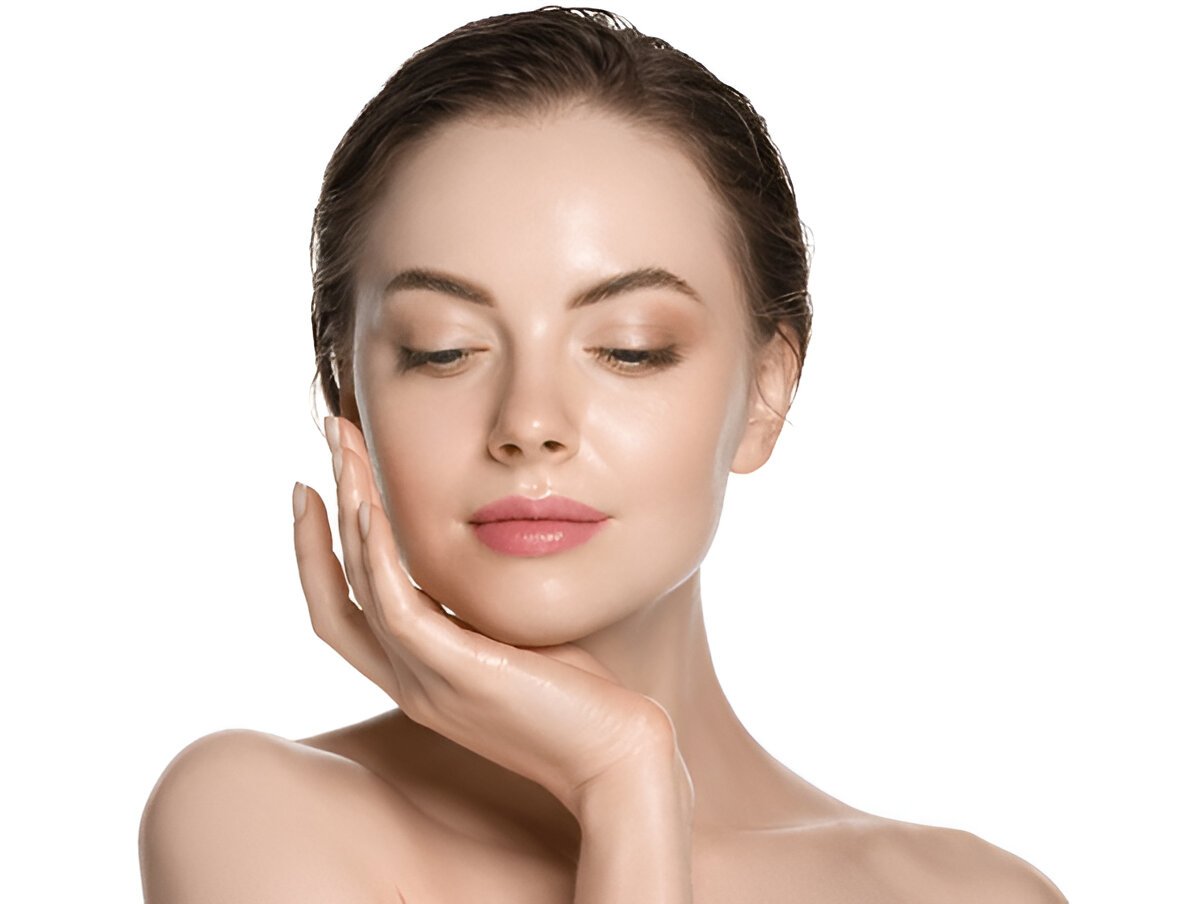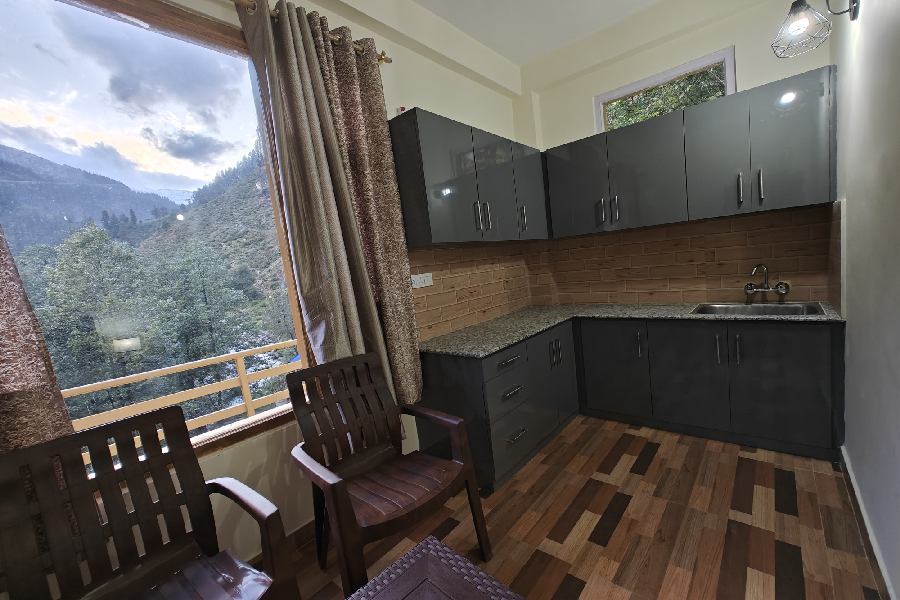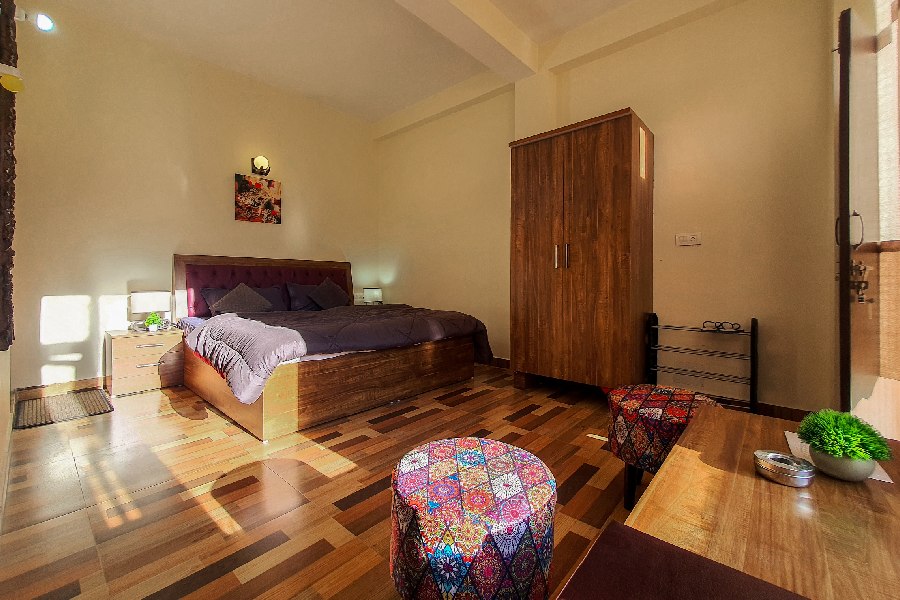
Red Light Skin Therapy: The Secret to Youthful, Radiant Skin Without Needles
In the world of beauty and skincare, innovations are emerging faster than ever. Among the most talked-about treatments is red light skin therapy, a non-invasive, pain-free, and scientifically backed method to achieve glowing, youthful skin—without injections, chemicals, or downtime. More people are turning to this rejuvenating treatment to enhance their natural beauty while avoiding the risks and expenses of traditional cosmetic procedures.
Unlike lasers or harsh peels, red light therapy uses specific wavelengths of light to penetrate the skin at a cellular level. This process stimulates collagen and elastin production, improves circulation, and accelerates tissue repair. Over time, it helps reduce fine lines, wrinkles, and uneven skin tone—leaving behind a smoother, firmer, and more radiant complexion.
The Science Behind Red Light Skin Therapy
Red light therapy works by exposing the skin to low levels of red and near-infrared light, typically between 630–850 nanometers. These wavelengths are absorbed by the mitochondria—the “powerhouses” of our cells—boosting energy production and encouraging natural healing processes.
When your cells function more efficiently, your skin reflects it: enhanced hydration, reduced inflammation, and visibly improved texture. This makes red light therapy a favorite among those looking to rejuvenate their appearance without harsh treatments or injections.
Moreover, it’s safe for all skin types, making it an inclusive choice for anyone seeking long-term improvements in skin tone and elasticity.
Beyond the Face: Full-Body Benefits of Red Light Therapy
While most people associate red light therapy with facial rejuvenation, the benefits extend well beyond the face. Many wellness centers now offer fit infrared body wrap in Virginia to target larger areas of the body. These infrared wraps use similar light wavelengths to help improve circulation, support muscle recovery, and even assist in reducing the appearance of cellulite.
This full-body approach enhances not just skin health but also overall wellness. The gentle warmth promotes relaxation, improves lymphatic drainage, and supports detoxification—offering a head-to-toe rejuvenating experience.
Why Locals Are Switching from Traditional Treatments
Traditional skincare treatments often involve chemicals, injections, or abrasive exfoliants that can cause irritation and require recovery time. Red light skin therapy, on the other hand, delivers results through natural cellular stimulation.
In areas like salons in Suffolk VA, clients are increasingly choosing red light therapy over invasive procedures because it’s quick, safe, and convenient. Sessions typically last 10 to 20 minutes and can easily be scheduled during a lunch break or as part of a spa visit. There’s no discomfort, and you can resume your day immediately after treatment.
The consistent use of red light therapy also provides cumulative results, meaning your skin continues to improve over time. It’s a long-term investment in youthful, radiant skin—without ever needing a needle.
Combining Red Light Therapy with Other Wellness Treatments
Many modern spas are integrating red light therapy into broader wellness programs. Some pair it with saunas, LED facials, or hydrotherapy for enhanced rejuvenation. Others incorporate it into tanning and spa services, offering complete skin and body renewal experiences.
If you’re someone who enjoys regular spa treatments, you’ll find that many facilities—like a tanning salon open Sunday—offer flexible schedules that make it easy to include red light therapy into your weekend self-care routine. Combining it with light fitness sessions or massage can further enhance circulation and relaxation.
The key is consistency. Regular sessions, typically two to three times a week initially, can help you see noticeable improvements in skin tone and firmness within a few weeks.
Who Can Benefit from Red Light Skin Therapy?
Red light therapy isn’t just for those seeking anti-aging benefits. It’s equally effective for individuals with skin conditions such as acne, rosacea, and hyperpigmentation. Athletes also use it to reduce muscle soreness and speed up recovery after workouts.
People with sensitive skin, who can’t tolerate chemical peels or harsh retinoids, often find red light therapy a soothing and effective alternative. Since it’s non-thermal and non-invasive, there’s no risk of burns or scarring.
The best part? The results are natural-looking and build gradually, making your skin look refreshed and healthy without an artificial “done” appearance.
FAQs About Red Light Skin Therapy
Q1: How often should I get red light therapy treatments?
For beginners, two to three sessions per week are recommended for the first month. Once results become noticeable, you can switch to maintenance sessions once a week or bi-weekly.
Q2: Is red light therapy painful?
Not at all. The treatment is completely painless and soothing. Most people describe the experience as relaxing and comforting, similar to basking in gentle sunlight.
Q3: Can red light therapy help with acne or scars?
Yes. It helps reduce inflammation, control oil production, and speed up the healing of blemishes and scars by promoting cell regeneration.
Q4: Are there any side effects?
When performed correctly, there are no known side effects. However, overexposure or improper equipment use can cause mild irritation, so it’s best to have treatments done by certified professionals.
Q5: Can I combine red light therapy with other skincare routines?
Absolutely. You can safely combine it with moisturizers, serums, or other facial treatments. Just ensure your skin is clean before each session for optimal light absorption.
A Brighter Future for Your Skin
Red light skin therapy represents the perfect balance between science and self-care. It’s non-invasive, safe, and backed by research—making it one of the most effective ways to achieve youthful, radiant skin without needles or downtime.
Whether you’re addressing fine lines, dullness, or simply want to maintain your natural glow, this therapy offers a powerful, natural path to better skin health. As more beauty and wellness enthusiasts in Virginia embrace this technology, it’s clear that the future of skincare is bright—literally and figuratively.
Unlike lasers or harsh peels, red light therapy uses specific wavelengths of light to penetrate the skin at a cellular level. This process stimulates collagen and elastin production, improves circulation, and accelerates tissue repair. Over time, it helps reduce fine lines, wrinkles, and uneven skin tone—leaving behind a smoother, firmer, and more radiant complexion.
The Science Behind Red Light Skin Therapy
Red light therapy works by exposing the skin to low levels of red and near-infrared light, typically between 630–850 nanometers. These wavelengths are absorbed by the mitochondria—the “powerhouses” of our cells—boosting energy production and encouraging natural healing processes.
When your cells function more efficiently, your skin reflects it: enhanced hydration, reduced inflammation, and visibly improved texture. This makes red light therapy a favorite among those looking to rejuvenate their appearance without harsh treatments or injections.
Moreover, it’s safe for all skin types, making it an inclusive choice for anyone seeking long-term improvements in skin tone and elasticity.
Beyond the Face: Full-Body Benefits of Red Light Therapy
While most people associate red light therapy with facial rejuvenation, the benefits extend well beyond the face. Many wellness centers now offer fit infrared body wrap in Virginia to target larger areas of the body. These infrared wraps use similar light wavelengths to help improve circulation, support muscle recovery, and even assist in reducing the appearance of cellulite.
This full-body approach enhances not just skin health but also overall wellness. The gentle warmth promotes relaxation, improves lymphatic drainage, and supports detoxification—offering a head-to-toe rejuvenating experience.
Why Locals Are Switching from Traditional Treatments
Traditional skincare treatments often involve chemicals, injections, or abrasive exfoliants that can cause irritation and require recovery time. Red light skin therapy, on the other hand, delivers results through natural cellular stimulation.
In areas like salons in Suffolk VA, clients are increasingly choosing red light therapy over invasive procedures because it’s quick, safe, and convenient. Sessions typically last 10 to 20 minutes and can easily be scheduled during a lunch break or as part of a spa visit. There’s no discomfort, and you can resume your day immediately after treatment.
The consistent use of red light therapy also provides cumulative results, meaning your skin continues to improve over time. It’s a long-term investment in youthful, radiant skin—without ever needing a needle.
Combining Red Light Therapy with Other Wellness Treatments
Many modern spas are integrating red light therapy into broader wellness programs. Some pair it with saunas, LED facials, or hydrotherapy for enhanced rejuvenation. Others incorporate it into tanning and spa services, offering complete skin and body renewal experiences.
If you’re someone who enjoys regular spa treatments, you’ll find that many facilities—like a tanning salon open Sunday—offer flexible schedules that make it easy to include red light therapy into your weekend self-care routine. Combining it with light fitness sessions or massage can further enhance circulation and relaxation.
The key is consistency. Regular sessions, typically two to three times a week initially, can help you see noticeable improvements in skin tone and firmness within a few weeks.
Who Can Benefit from Red Light Skin Therapy?
Red light therapy isn’t just for those seeking anti-aging benefits. It’s equally effective for individuals with skin conditions such as acne, rosacea, and hyperpigmentation. Athletes also use it to reduce muscle soreness and speed up recovery after workouts.
People with sensitive skin, who can’t tolerate chemical peels or harsh retinoids, often find red light therapy a soothing and effective alternative. Since it’s non-thermal and non-invasive, there’s no risk of burns or scarring.
The best part? The results are natural-looking and build gradually, making your skin look refreshed and healthy without an artificial “done” appearance.
FAQs About Red Light Skin Therapy
Q1: How often should I get red light therapy treatments?
For beginners, two to three sessions per week are recommended for the first month. Once results become noticeable, you can switch to maintenance sessions once a week or bi-weekly.
Q2: Is red light therapy painful?
Not at all. The treatment is completely painless and soothing. Most people describe the experience as relaxing and comforting, similar to basking in gentle sunlight.
Q3: Can red light therapy help with acne or scars?
Yes. It helps reduce inflammation, control oil production, and speed up the healing of blemishes and scars by promoting cell regeneration.
Q4: Are there any side effects?
When performed correctly, there are no known side effects. However, overexposure or improper equipment use can cause mild irritation, so it’s best to have treatments done by certified professionals.
Q5: Can I combine red light therapy with other skincare routines?
Absolutely. You can safely combine it with moisturizers, serums, or other facial treatments. Just ensure your skin is clean before each session for optimal light absorption.
A Brighter Future for Your Skin
Red light skin therapy represents the perfect balance between science and self-care. It’s non-invasive, safe, and backed by research—making it one of the most effective ways to achieve youthful, radiant skin without needles or downtime.
Whether you’re addressing fine lines, dullness, or simply want to maintain your natural glow, this therapy offers a powerful, natural path to better skin health. As more beauty and wellness enthusiasts in Virginia embrace this technology, it’s clear that the future of skincare is bright—literally and figuratively.


